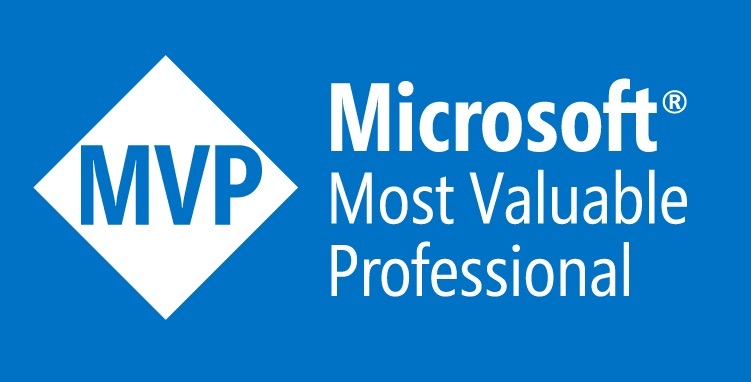Azure Data Factory is almost never created as an isolated resource. In nearly every project where we have used this service, it was provisioned alongside a Key Vault and a Storage Account. In the following article, I’ll describe the standard method for authenticating between these services using managed identities. As indicated by the title, I’ll […]
Latest Posts
Terraforming ADF: Create & Configure Self-Hosted Integration Runtimes
Git and mandatory CI/CD have become widely accepted standards, and an increasing number of people are advocating for defining cloud resources using IaC tools. Many are coming to understand that quality, reliability, and scalability in modern cloud data projects are simply unattainable without embracing the DevOps culture and proper automation. The ClickOps resistance movement is […]
Microsoft Fabric 101 Episode 2: Creating Fabric Capacity using portal and Terraform
Welcome to Microsoft Fabric 101 series – your comprehensive guide to mastering Microsoft Fabric. This series of articles and videos (can be found in the end of this article) is designed to help you understand and effectively use Microsoft Fabric, whether you’re a beginner or looking to deepen your knowledge. We’ll cover everything from the […]
Microsoft Fabric 101 Episode 1: Enabling Microsoft Fabric
Welcome to Microsoft Fabric 101 series – your comprehensive guide to mastering Microsoft Fabric. This series of articles and videos (can be found in the end of this article) is designed to help you understand and effectively use Microsoft Fabric, whether you’re a beginner or looking to deepen your knowledge. We’ll cover everything from the […]







Last comments